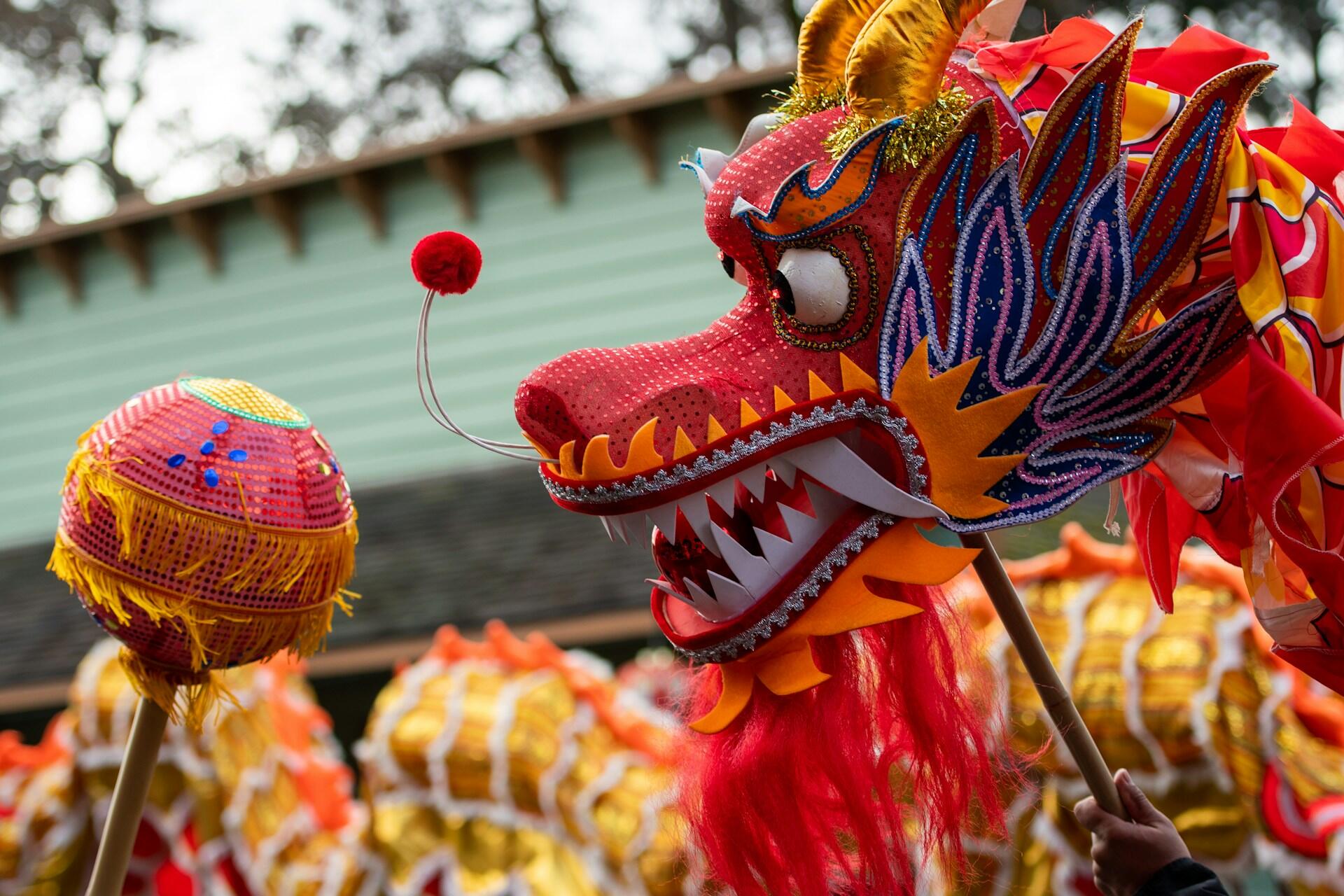While Chinese New Year shares many traditional beliefs and superstitions with other cultural celebrations, it stands apart with its distinctive customs and practices. Beyond the widely recognized traditions, this festival holds surprising elements that make it truly special. Our exploration reveals both familiar customs and lesser-known cultural phenomena that define this important celebration.
Interesting Facts About Chinese New Year
- Lunar New Year has no set date, it changes every year
- Warding off evil and welcoming prosperity are top New Year activities
- Foods and words take on added significance during New Year celebrations
- Fireworks, once an essential celebration ingredient, are waning in popularity

How Long Does the Chinese New Year Last?

The Chinese New Year lasts as long as the New Year observations elsewhere in the world. Typically, celebrations start the evening before the calendar change, and last through the next day.
It's easy to understand why so many people ask "how long does the Chinese New Year last?", though. Clever marketers hype the celebration for weeks, hoping to boost sales of exotic goods. Spectacles like Shen Yun dominate entertainment calendars for months.
What Is the Spring Festival?
Spring Festival (春节 - chūn jié) is what people think about when asking the 'how long' question. This Festival begins on New Year's Day, and lasts for 15 days. The 15th day is the Lantern Festival.
That's when children of all ages launch paper lanterns into the heavens, usually after writing their most fervent wishes on them. We became familiar with launching such lanterns, thanks to the 2010 film, Tangled.
This, and all the facts you'll read here, are just a part of what makes Chinese New Year so special.
No Set Date for New Year
Thirty days hath September ...
Traditional rhyme
Our Gregorian calendars make it easy to predict when the New Year will roll around. The Gregorian monks who designed it allotted each month a specific number of days. Once they run out, a new month begins. And, once all the months are past, a new year starts.
By contrast, China's lunisolar calendar relies on sun and moon cycles. Aligning the two, and meshing them with the standard, widely-used calendar, is a complicated process.
Luckily, we can buy calendars that have all that information already figured. Knowing that this calendar's holidays don't have set dates is good enough for our purposes.
Warding Off Monsters and Evil
The legend tells of a monster, Nian, who would rise up once per year. He would enter the village and eat its inhabitants, especially the children.
One year, an old man came to the village, just ahead of Nian's invasion. He promised the villagers he would save them, and get revenge for them.
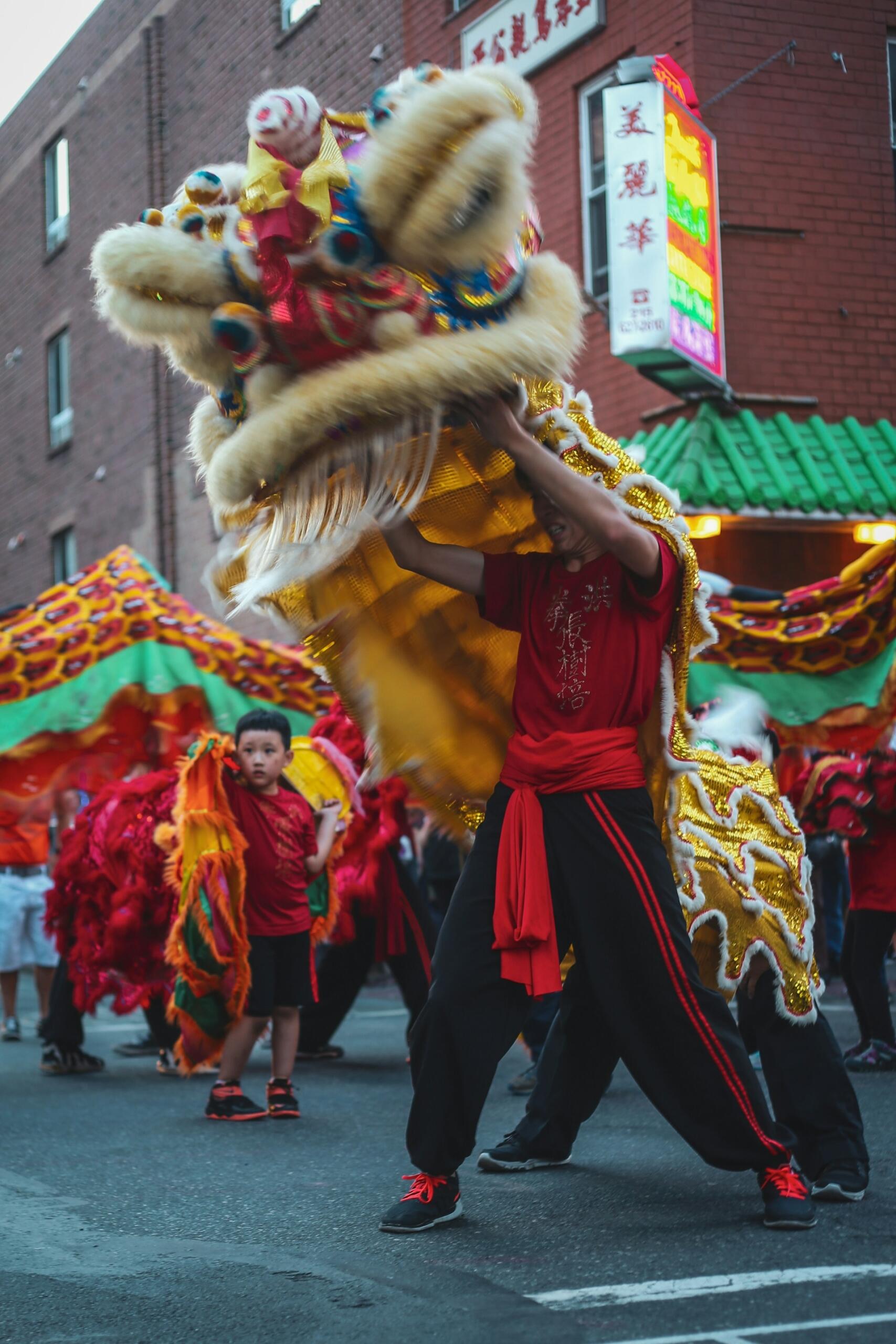
The villagers all went into hiding, and the old man remained. The villagers returned the next morning, to find their village intact, and plastered with red paper.
The old man explained he wasn't a god sent to save them. He simply knew Nian didn't like loud noise and the color red.
Dances re-enact the struggle between Nian and the old man.
So, villagers started wearing red, and hanging red lanterns around the time Nian was due to appear. They also lit firecrackers to scare him off. This story is the basis for today's New Year practices.
Fireworks

We now know why fireworks are an essential part of New Year celebrations: to keep Nian at bay. So it has been since at least the year 1044, according to Song Dynasty writing.
Ancient records show that gunpowder was invented by accident, while on the quest for immortality. The Chinese people put their new, explosive substance to good use, making festival fireworks.
Today, fireworks are falling out of favor - and they're illegal, in some parts of China. Besides, nobody believes in the monster Nian today. New Year drone shows are captivating audiences, instead.
Largest Annual Human Migration in the World
China has two official holidays. Golden Week, the first week of October, is for leisure and exploring. New Year is for traveling to villages and homesteads, to reconnect with family. The phenomenon has a name: chun'yun.
The world's largest annual human migration.
In 2024, people undertook more than three billion trips - by train, plane, and bus, to head home. Modern Chinese prosperity affords many the luxury of private automobiles, which clog the highways during this time.

Chinese New Year Taboos
Once home, tradition takes over. Chinese culture boasts a long list of taboos to heed during Chinese New Year. It includes everything from unsuitable gifts to forbidden actions.
Giving and Receiving Lucky Money
In China, receiving a red envelope containing money is the standard gift for children. Typically, this envelope (hong'bao - 红包) will bear a 'good luck' character, written in gold.
Avoiding unlucky numbers is very important. Filling a hong'bao with any amount that includes the number 4 - 14, or 40 yuan, is like putting a curse on the recipient's head.
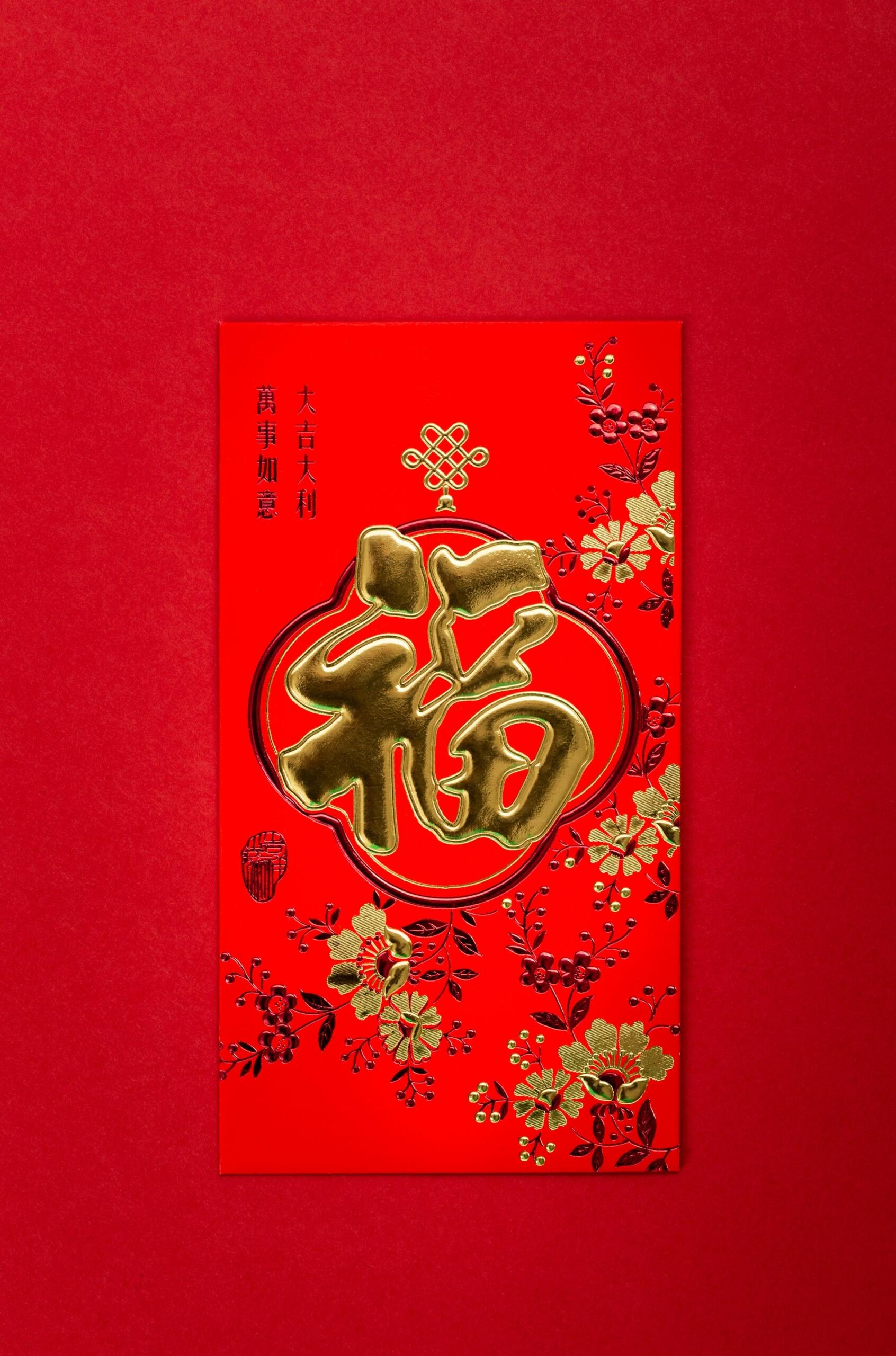

Hiring a Partner for the Chinese New Year

China is still a traditional society. Once educated and in the workforce, offspring are expected to marry and produce children. Woe betide the bachelor/ette who returns home with no romantic prospects!
Many Chinese singles who wish to remain that way will hire a stand-in for the holiday. They will show the family pictures of their (hired) partner, and perhaps even video chat with them.
This next bit tops my list of Chinese New Year fun facts. Singles who don't want to face the wrath of their own families will appear at their (hired) partner's home.
That can get tricky, because they must answer all the questions a marriage prospect would. Those include when they'll have children and how much money they earn.
Dumplings: the Staple Lunar New Year Dish
Dumplings (jiao'zi - 饺子) are the staple dish on all New Year tables. Wrapping dumplings (bao'jiao'zi - 包饺子) is a family affair. Family members will gather round the table, which features stacks of wafer-thin dough 'coins', and bowls of filling.
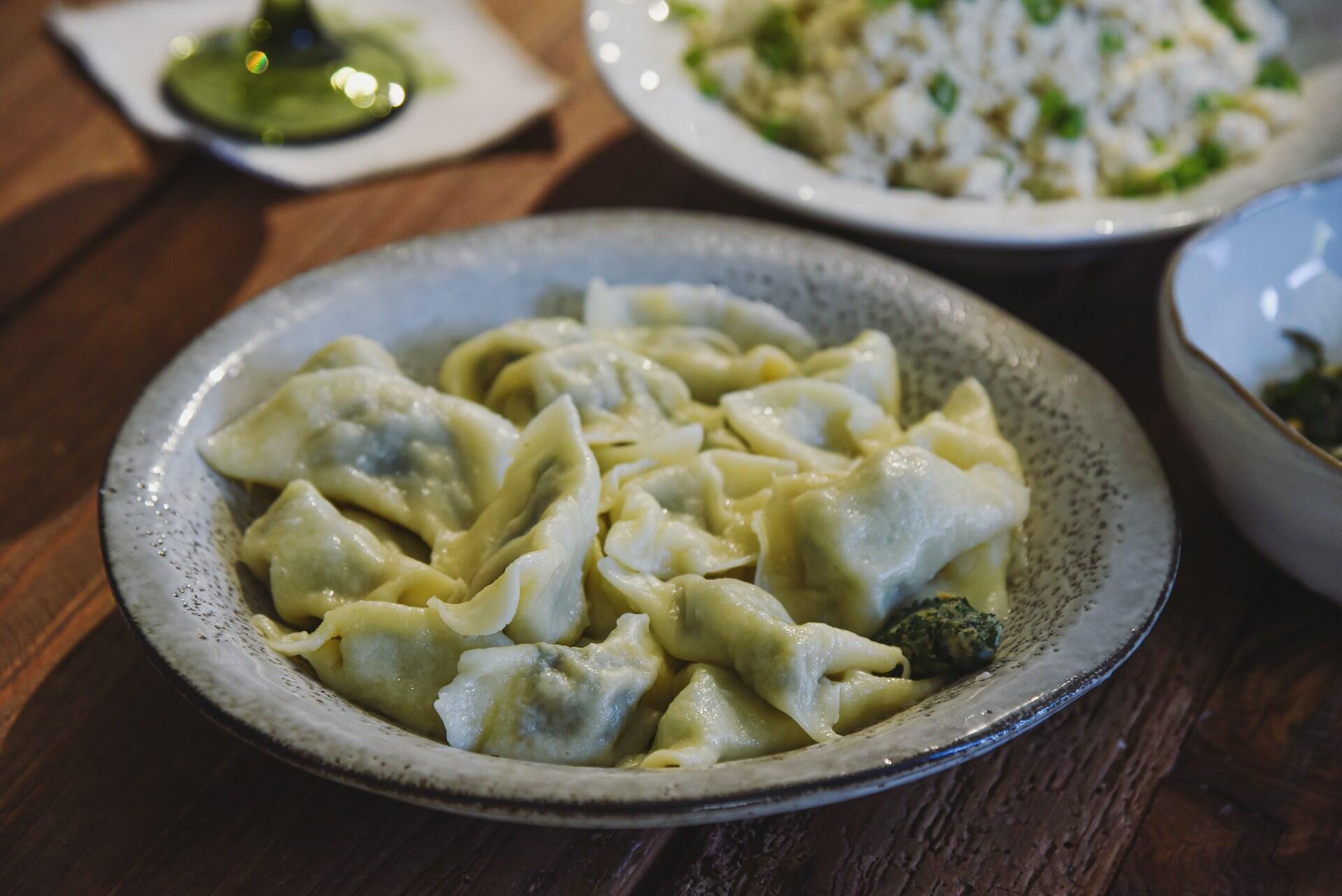
As the clock counts down the year's last hours, dumpling-builders will fold bits of filling into their doughy shells. The raw morsels are transferred to the pot of simmering water before taking pride of place on the dinner table.
You can learn how to make dumplings and other Chinese New Year dishes with our recipe guide.
Lunar New Year Desserts
Until recently, the Chinese diet didn't include tarts, cakes and pies. At least, not in the rich style the Western diet favors. Still, that doesn't mean cakes are unheard of. Especially for New Year, three desserts dominate the table:
Nian gao (年糕)
- represents success
- sometimes shaped like gold bars
- many regional variations
Tang yuan (汤圆)
- rice balls with sweet filling
- symbolize sweetness of reunion called
- yuan xiao (元宵) in the north
Fa gao (发糕)
- delicate rice cakes
- signals hope for wealth
- sometimes made with vegetables
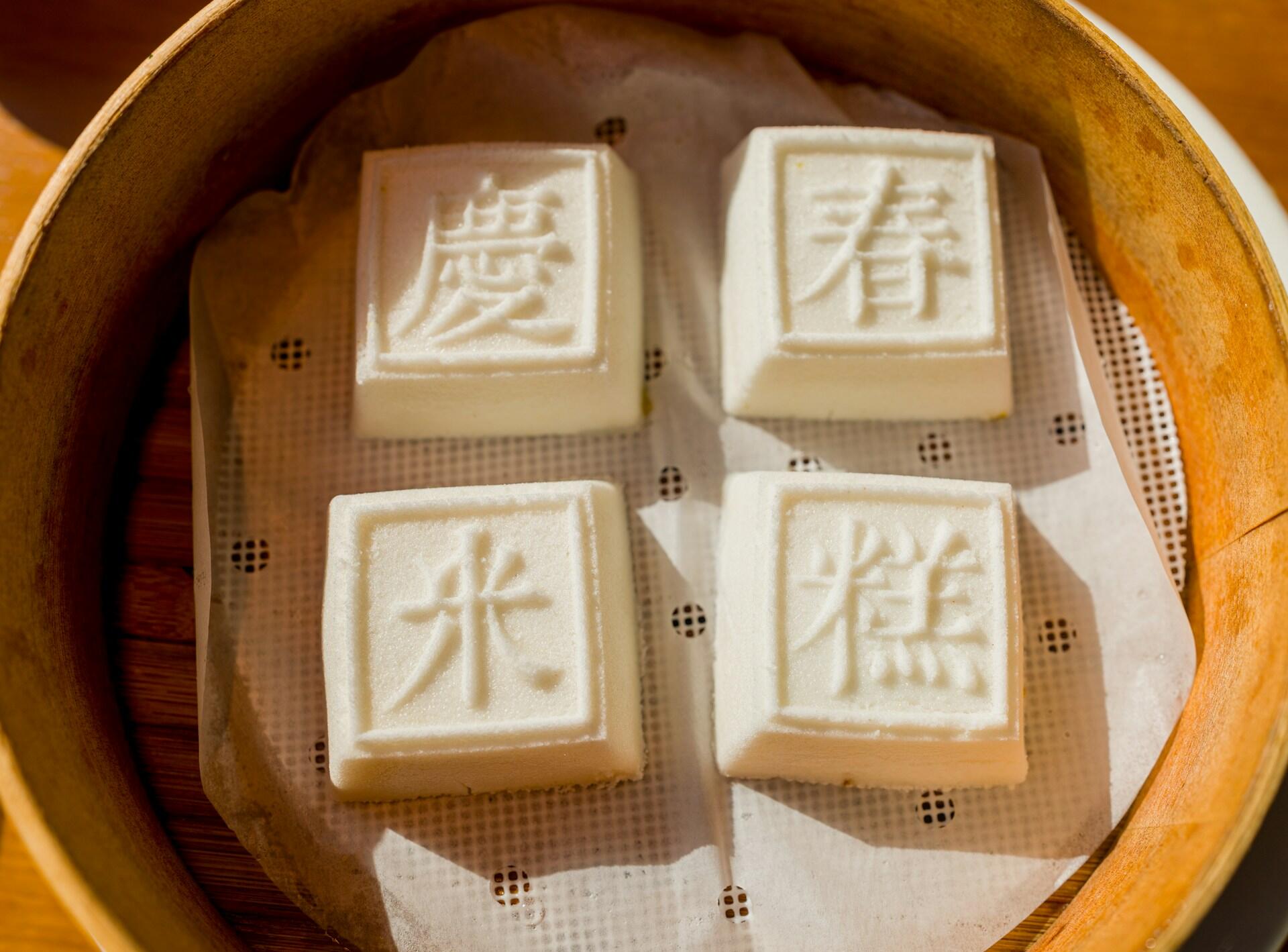
Red Decorations for Chinese New Year
Thanks to the legend of Nian, we know why entire villages are festooned with red during Chinese New Year. People framing their homes' entrance doors in couplets, written on red paper, keeps the whole house safe. Here's what you need to know about these verses:
- they are poems, complete with meter and counterpoint
- they typically express profound ideas
- couplets (dui lian - 对联) are not unusual; you can see them year-round
- couplets for New Year are called chun lian - 春联
- chun lian are happy, hopeful verses
- couplets on yellow paper mean someone in the family passed away during the last year.
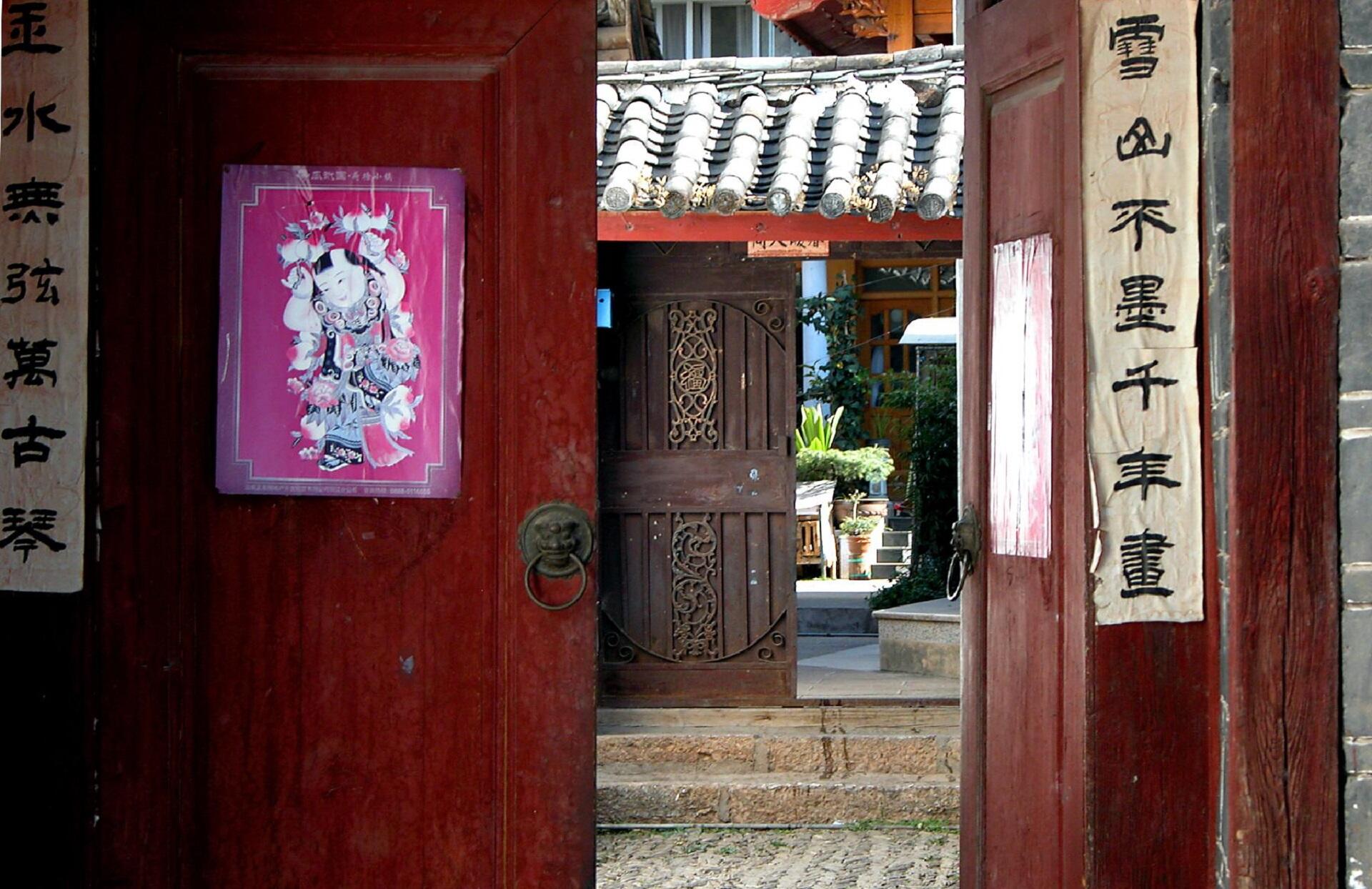
Chinese New Year and Ancestor Worship
If you've ever been in a typical Chinese home, you likely saw an altar with portraits of ancestors. This surface may also feature food, incense, and money.
In Chinese culture, ancestors are never far away, even for modern city-dwellers.
New Year's Eve celebrations usually kick off with an offering to the family's ancestors. Each family member, starting with the head of household, will light incense, and bow. Others will offer gifts, speak the ancestors' names, and ask them to safeguard them from the beyond.
Lunar New Year and the Chinese Zodiac
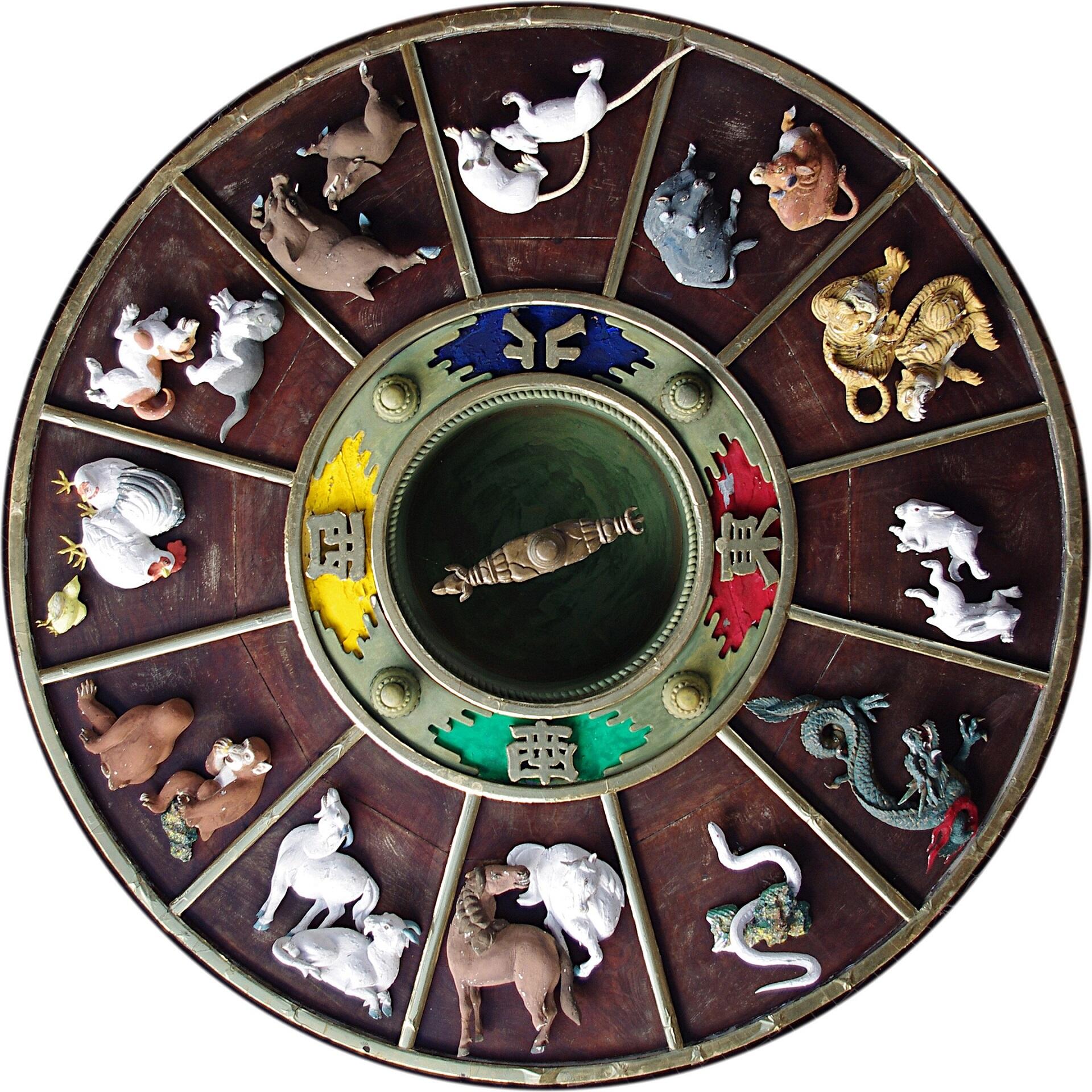
Western astrology grants each sign only a month's worth of influence. By contrast, the Chinese system gives each animal an entire year.
Each new year shines the spotlight on a different zodiac animal. Discover your Chinese Zodiac animal, and how to maximize its benefits.
Lunar New Year Around the World
We often call this celebration Chinese New Year, but many other countries follow the lunar calendar, including:
- Vietnam
- the Philippines
- Singapore
- India
- Taiwan
So, it's more appropriate to call this holiday the Lunar New Year. Particularly as other nations celebrate it according to their customs.
Among the interesting facts about Chinese New Year on this topic, we find Japan. During the Meiji Restoration, this country abandoned many Asian traditions, including Lunar New Year.
Chinese New Year Greetings
Happy Snake Year! (she'nian'hao! - 蛇年好!)
A generic greeting for the Year of the Snake
People have many ways to greet one another for the holiday. The greeting they give depends on many factors. For instance, the greeting above works for friends and neighbors. It's not suitable for your boss or other officials.
Chinese traditional culture dictates using the proper greeting at the right time. Master the right greetings for every New Year instance from our companion article.

